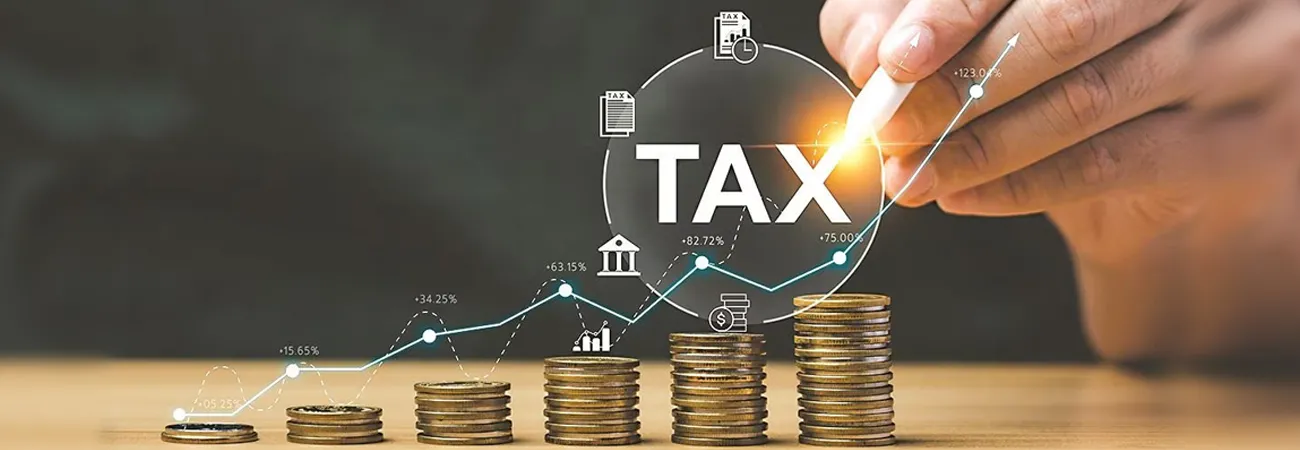i ECONOMY
Pakistan can sustain its macroeconomic stability by enhancing transparency and widening the tax base. The country’s tax-to-GDP ratio is 8.5%, which is small compared to the other developing countries in the region, said Dr Fareed Iqbal Qureshi, Member of Customs-Operations FBR. Talking to WealthPK, Qureshi said Pakistan relied mainly on indirect taxes, which made up approximately three-fourths of the combined revenue of the federal government and provinces. The income tax makes up 4% of GDP, which is lower than the other developing countries where it is 5.5% of GDP and 55% of total tax revenue. Qureshi said Pakistan had to take steps to widen the tax net. According to the IMF, the budget for Fiscal Year 2024 has increased the primary surplus to about 0.4% of GDP, and inflation, which is now 28%, is expected to decline to 18.5% by the end of June 2024 if steps are taken to broaden the tax base and increase tax collection from the undertaxed sectors, including agriculture and construction sector. Speaking to WealthPK, Abdul Jalil, a lecturer in economics at the Pakistan Institute of Development Economics (PIDE), said as per the FBR data, there were around nine hundred thousand identified non-filers in the country.
He said the primary surplus could be increased by broadening the tax base and bringing the non-filers into the tax net. He said Pakistan could generate a revenue of around 0.5 percent of the GDP by implementing the recommendations of the IMF about direct income tax, which will generate Rs500 billion annually. Speaking to WealthPK, Muhammad Saqib, head of the Economics Department at the National University of Modern Languages (NUML), said Pakistan could increase its revenue generation by aligning the current taxation system with modern techniques such as digitization of the taxation system, which will enable the tax-collecting authorities to address the mismatch between the tax contribution and GDP share of the businesses. He said Rs400-500 billion revenue could be generated by taxing the indicative incomes of traders and retailers. The primary surplus could be increased by digitalizing the taxation system that could enhance tax collection to Rs31.72 trillion by Fiscal Year 2027 — a huge increase from Rs7.16 trillion in Fiscal Year 2023-24.
He further delineated that agriculture was a dominant sector of the economy, with the majority of the population relying on it. Agriculture contributes about 24% to the GDP and employs nearly half of the labor force. However, its contribution to revenue generation is little, owing to tax exemptions and subsidies given to this sector. In 2023, this sector contributed $300 billion to the GDP, but the total agricultural income tax collection was Rs2.4 billion or 0.02 percent of agriculture GDP, while the FBR collected Rs1.7 trillion from other sectors of economy. If the national agricultural income tax collection were at the same level, the FBR would have generated Rs575 billion 200 times more than the current levels. The cash in circulation is over Rs9 trillion showing that the informal economy is swelling in size. Despite the State Bank’s endeavours to enhance digitization, the average value of e-commerce transactions’ size remained at Rs5,000 over the last five years. Although formalizing the informal sector is a daunting task, it is the only way to widen the tax net, said Saqib.
Credit: Independent News Pakistan









